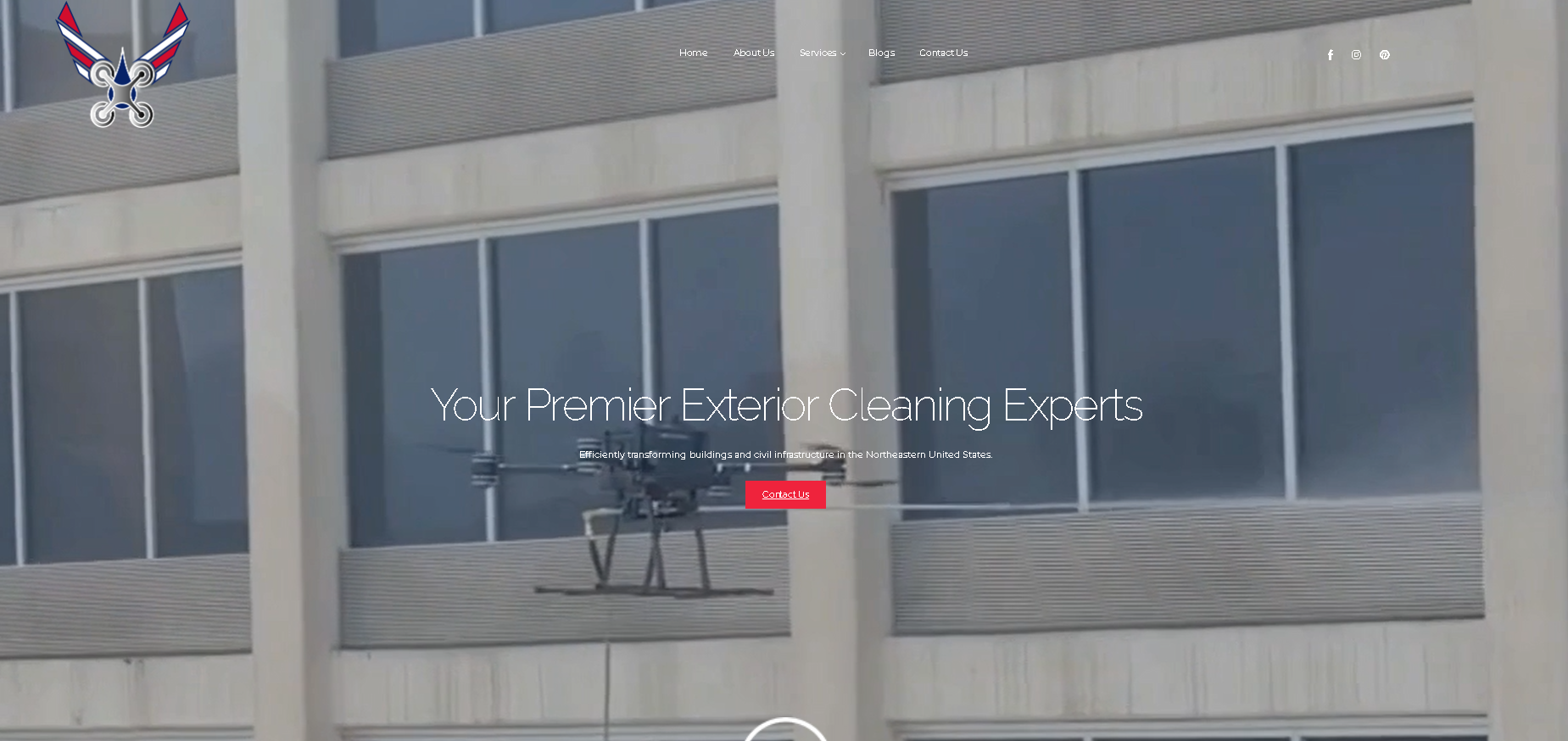Drone technology may offer a solution to many of the most common and pressing issues facing several industries right now.

Have you ever walked past a high-rise, looked up, and marveled at the sheer scale of the building? So many windows, so much steel. And then, you spot them, dangling from the very top of the building, suspended by little more than a few strands of cable: a cleaning crew, meticulously working to keep the building in good condition. Surely, there is a better and safer way?
As it turns out, several industry players have been hard at work trying to find that better way, and, as explained in a recent report, that miracle solution may finally be here.
It's called autonomous cleaning, a drone-based technology that allows for the safe and efficient completion of industrial-scale cleaning jobs across a number of key industries. As it turns out, this won't just mean retirement for those brave window washers, but it could also reduce a great deal of friction in several key markets, most notably in the renewable energy sector.
Drone Force explains that the development of these services is intended to solve a number of issues, not least of which being the growing demand and rising cost for this type of maintenance work. OSHA and the FAA are also both tightening restrictions and raising requirements for human workers in the industry, introducing financial and logistical challenges for companies that rely on solar power.
Inefficient cleaning is an especially prevalent problem in regions like California and Texas, where dust and wildfire debris may cause solar panels and other infrastructure to get dirty quickly. Solar panels can lose up to 30% efficiency if not properly maintained, and yet, with a per-panel cleaning cost of around $22, many companies are forced to choose between a lower profit margin or lower energy production.
The challenges facing these industries do not end there, however; pressure washing at this scale now requires in excess of 10 billion gallons of water annually. In regions like California that already face water restrictions, companies may face heavy usage fines or even be prevented from doing the work outright.
According to the , drone-based autonomous cleaning has the potential to revolutionize facilities management while also preserving natural resources in the process. Their drone fleet, for example, is capable of cleaning overnight automatically, avoiding regulatory challenges and lowering maintenance costs by up to 80%.
Additionally, these drones may be capable of hard and soft pressure washing with a high degree of precision—a process further assisted by a blend of chemical cleaners. Non-water based cleaning options are also becoming increasingly available, ideal for use in regions where extreme water shortages are taking place.
Overall, Drone Force USA and other companies like them are building flexible solutions with applications in a wide variety of circumstances. As the technology improves, the market for this type of cleaning solution is likely to expand as well. The future of industrial facilities maintenance is extremely likely to involve solutions like these as a fundamental part of the workflow of tomorrow!
